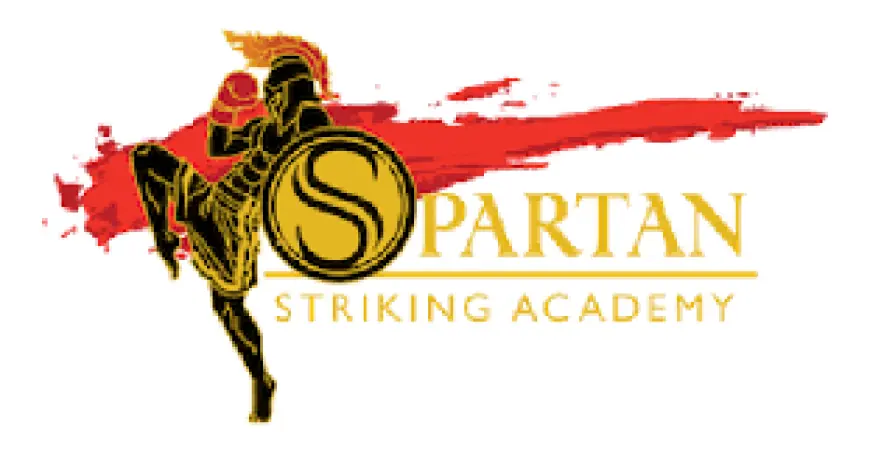The Martial Arts School: Building Character Through Combat Arts
Martial arts training represents more than a hobby or fitness activity—it becomes a lifelong journey of self-improvement and discovery.

In an era where digital entertainment dominates childhood and physical fitness often takes a backseat to screen time, martial arts schools have emerged as beacons of traditional discipline, physical development, and character building. These institutions offer far more than combat techniques—they provide comprehensive life education that shapes individuals mentally, physically, and spiritually.
The Foundation of Excellence
A quality martial arts school operates on principles that extend well beyond the confines of its training mats. The foundation rests on three pillars: respect, discipline, and continuous improvement. Students learn to bow not merely as a formality, but as an acknowledgment of their teachers, training partners, and the art itself. This ritual creates an atmosphere where learning flourishes and ego takes a backseat to growth.
The physical environment of a martial arts school plays a crucial role in this foundation. Clean, well-maintained facilities with proper equipment demonstrate the school's commitment to safety and excellence. Traditional elements like mirrors for form practice, heavy bags for power development, and open spaces for sparring create an authentic training atmosphere that honors the martial arts heritage.
Diverse Disciplines, Universal Benefits
Modern martial arts schools often offer multiple disciplines under one roof, catering to different interests and goals. Karate emphasizes striking techniques and linear movements, developing explosive power and precision. Taekwondo focuses on high kicks and flexibility, building cardiovascular endurance and leg strength. Brazilian Jiu-Jitsu teaches ground fighting and submission techniques, enhancing problem-solving skills and mental resilience.
Mixed martial arts programs combine elements from various disciplines, preparing students for comprehensive combat scenarios while developing well-rounded fitness. Traditional Chinese arts like Kung Fu or Tai Chi offer flowing movements that improve balance, coordination, and internal energy cultivation. Each discipline brings unique benefits, but all share common goals of self-improvement and personal empowerment.
The Instructor: More Than a Teacher
The heart of any martial arts school lies in its instructional staff. Quality instructors possess not only technical expertise but also the ability to inspire, motivate, and guide students through their martial arts journey. They serve as mentors, role models, and sometimes counselors, understanding that their influence extends far beyond teaching techniques.
Experienced instructors recognize that each student arrives with different goals, abilities, and backgrounds. Some seek self-defense skills, others pursue competitive excellence, and many simply want to improve their fitness and confidence. The best schools adapt their teaching methods to accommodate these varied objectives while maintaining high standards and traditional values.
Master instructors often possess decades of experience, having dedicated their lives to their chosen art. They understand the subtle nuances of technique, the psychology of combat, and the philosophy underlying their discipline. Their presence elevates the entire school, creating an environment where students feel both challenged and supported in their growth.
Age-Appropriate Programming
Successful martial arts schools recognize that different age groups require tailored approaches to training and instruction. Children's programs focus on basic motor skills, following directions, and fundamental respect concepts. Classes incorporate games and activities that make learning enjoyable while building confidence and social skills.
Teen programs address the unique challenges of adolescence, providing positive outlets for energy and stress while building self-esteem and leadership qualities. Adult classes accommodate varying fitness levels and time constraints, offering practical self-defense skills alongside physical conditioning and stress relief.
Senior programs adapt techniques for older bodies while maintaining the mental stimulation and social interaction that keep minds sharp and spirits high. Family classes create opportunities for parents and children to train together, strengthening bonds while pursuing common goals.
Beyond Physical Techniques
While learning to punch, kick, and grapple forms the visible aspect of martial arts training, the deeper lessons prove more valuable. Students develop mental toughness through challenging workouts and sparring sessions. They learn to overcome fear by facing controlled combat situations. Goal-setting becomes natural as they work toward belt promotions and tournament achievements.
The ranking system itself teaches patience and perseverance. Unlike many modern activities that provide instant gratification, martial arts require consistent effort over months and years to achieve meaningful progress. This delayed gratification builds character and work ethic that serves students throughout their lives.
Meditation and breathing exercises, integral parts of many martial arts, teach stress management and emotional regulation. Students learn to remain calm under pressure, a skill applicable in academic, professional, and personal situations.
Community and Camaraderie
Martial arts schools foster unique communities where students support each other's growth regardless of age, background, or skill level. Training partners become friends as they help each other improve through constructive feedback and encouragement. This supportive environment often extends beyond the school walls, creating lasting relationships and professional networks.
Many schools organize tournaments, seminars, and social events that strengthen these bonds while providing opportunities for students to test their skills against outside competition. These experiences build confidence and sportsmanship while reinforcing the school's sense of community.
Choosing the Right School
Selecting a martial arts school requires careful consideration of several factors. The instructor's credentials, teaching philosophy, and personality should align with the student's goals and learning style. The facility should be clean, safe, and properly equipped. Class schedules must fit the student's availability, and tuition should represent fair value for the instruction provided.
Prospective students should observe classes, speak with current members, and potentially take trial lessons before making commitments. The school's atmosphere, student retention rates, and advancement opportunities provide insights into the quality of instruction and student satisfaction.
The Lifelong Journey
Martial arts training represents more than a hobby or fitness activity—it becomes a lifelong journey of self-improvement and discovery. Students who embrace this journey find themselves continuously challenged, growing not only in physical capability but in character, confidence, and wisdom.
The lessons learned on the training mat—respect, perseverance, humility, and courage—become integral parts of the practitioner's character, influencing how they approach challenges in all areas of life. In this way, the martial arts school serves as more than an educational institution; it becomes a transformative force that shapes better human beings and stronger communities.
What's Your Reaction?
 Like
0
Like
0
 Dislike
0
Dislike
0
 Love
0
Love
0
 Funny
0
Funny
0
 Angry
0
Angry
0
 Sad
0
Sad
0
 Wow
0
Wow
0


















































